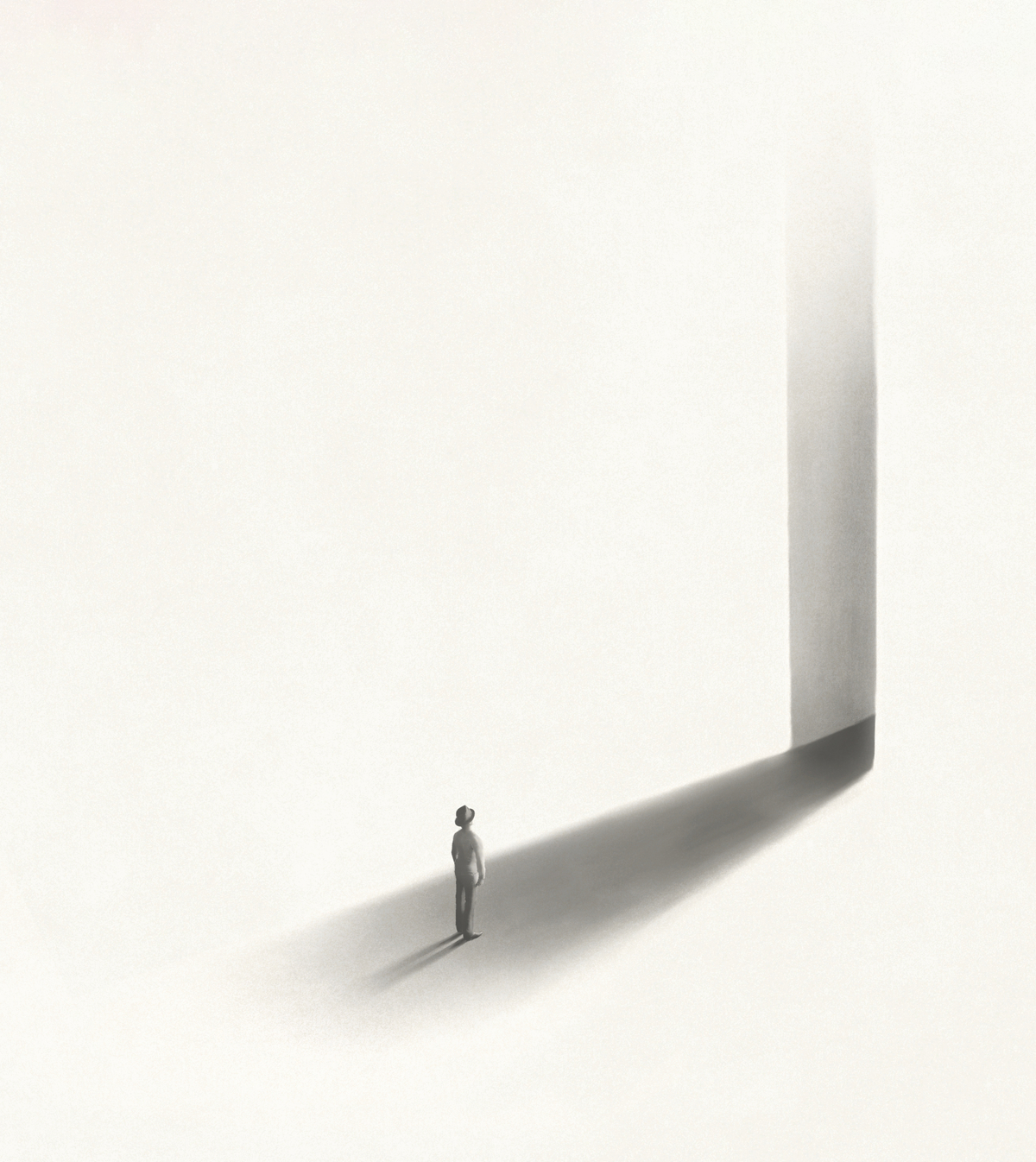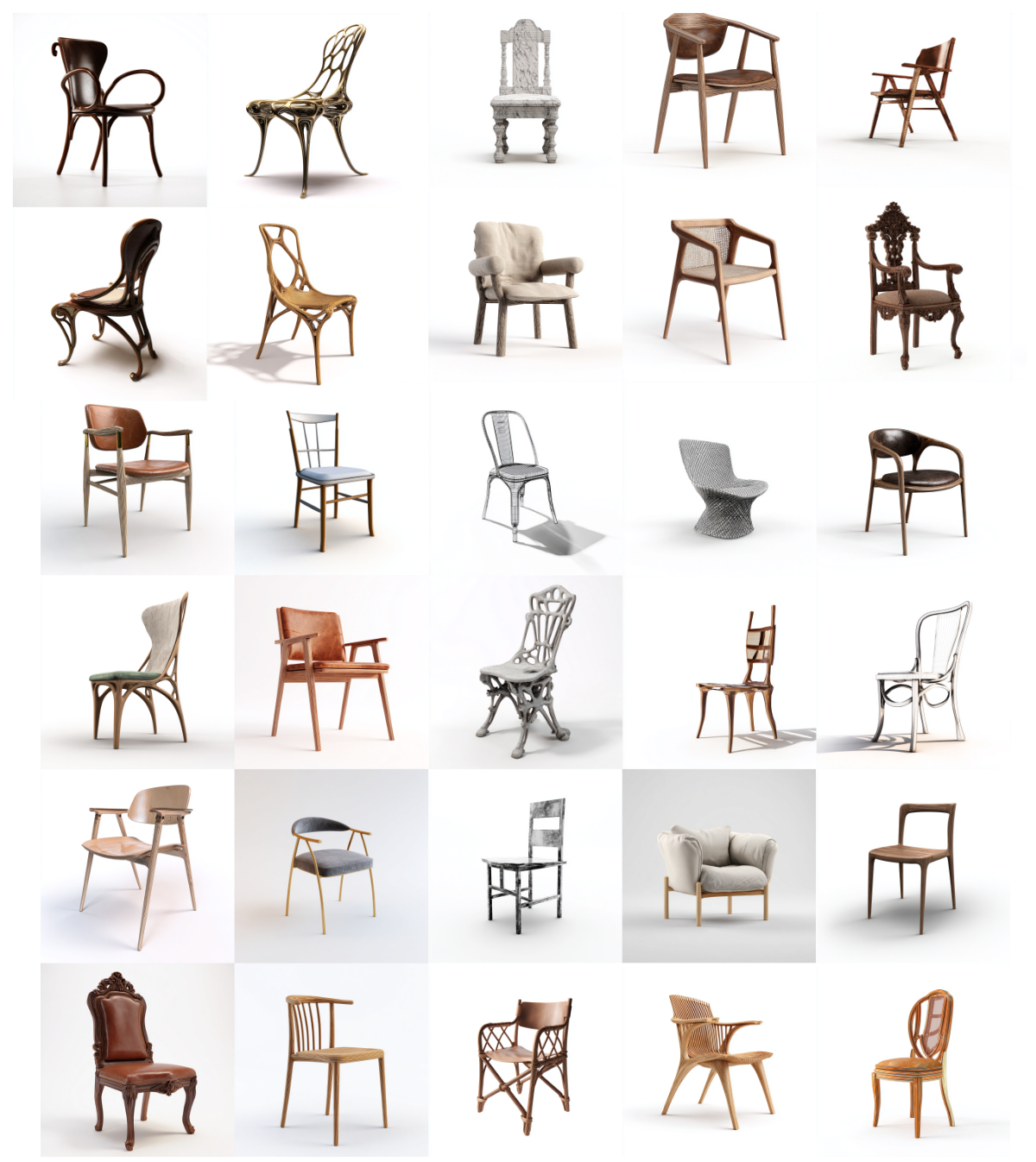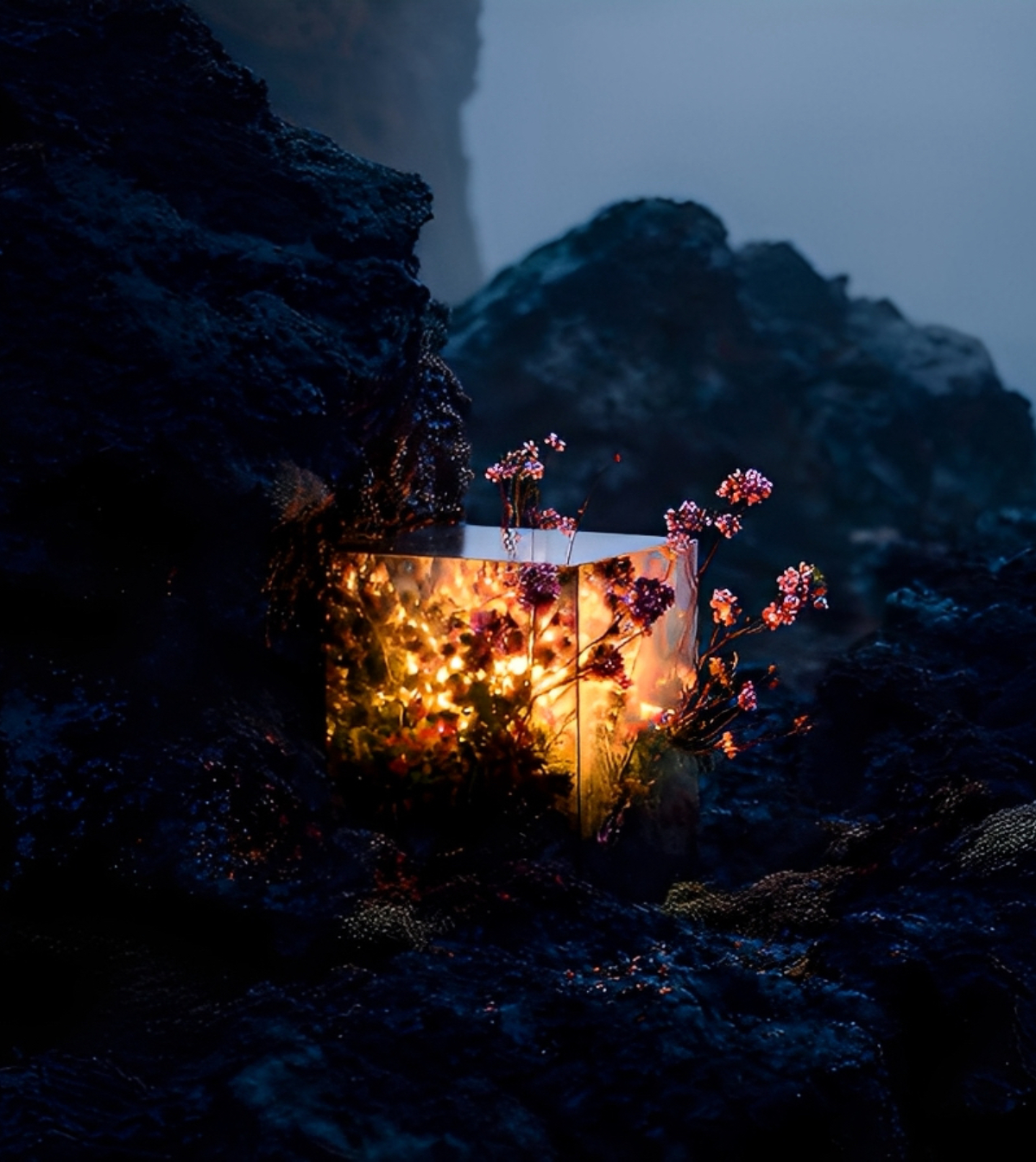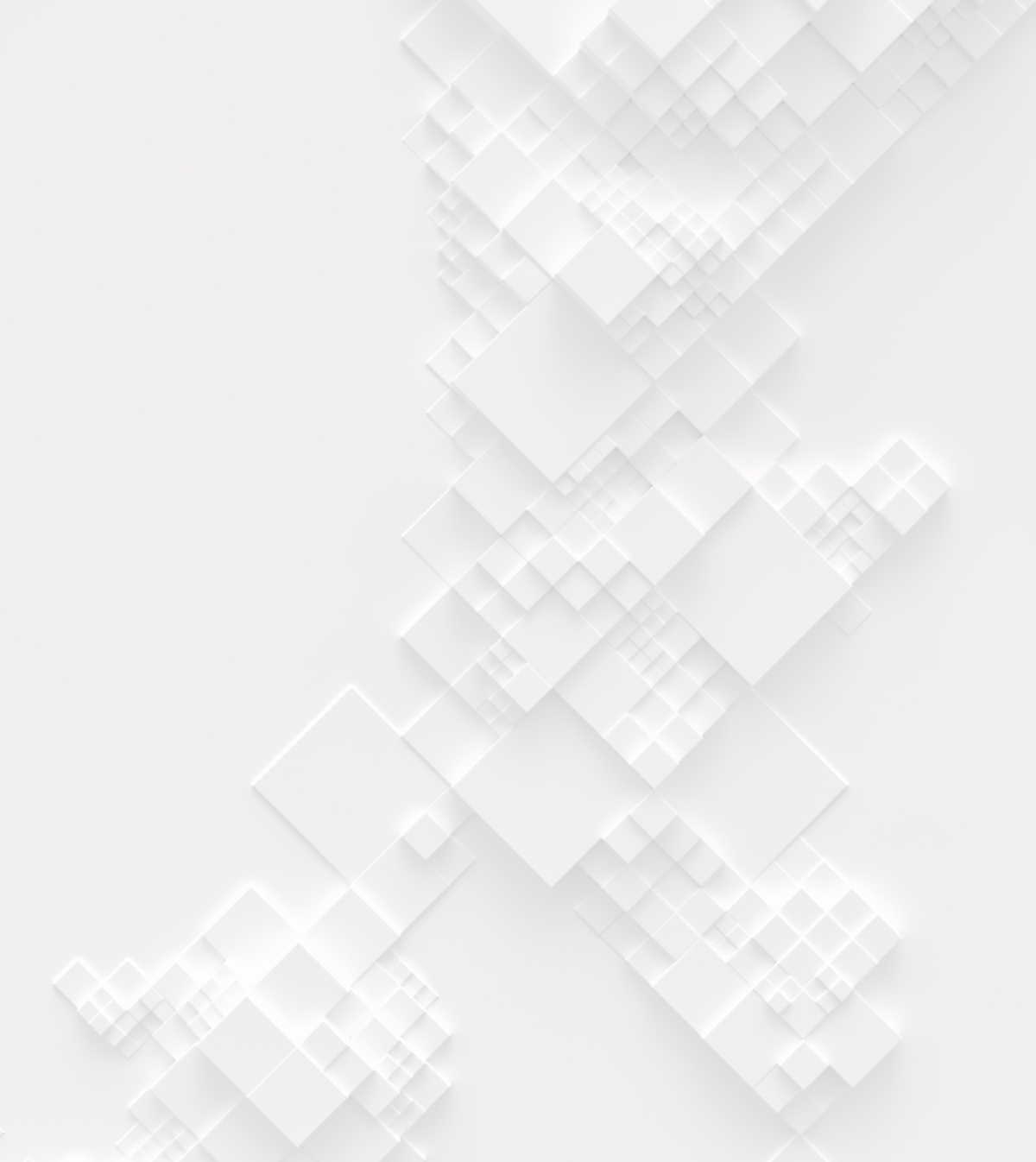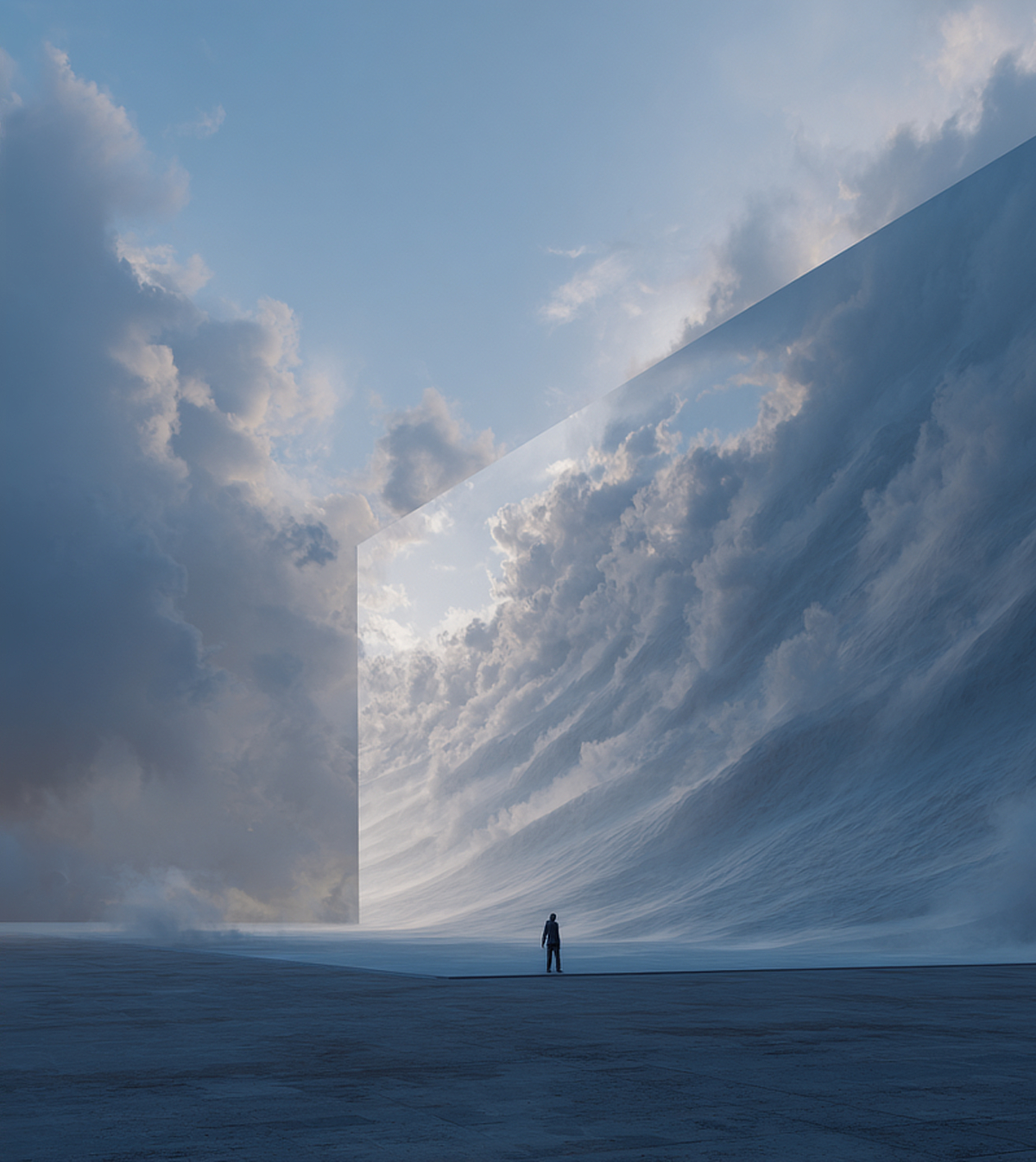Buildner is proud to announce the jury panel for the second edition of the The Last Nuclear Bomb Memorial Competition!
Kerem Cengiz, LWK + PARTNERS
Bartosz Haduch, NArchitekTURA
Karel Klein, Ruy Klein
Katie MacDonald, After Architecture
Paul Monaghan, AHMM
Françoise N’Thépé, FRANÇOISE N’THÉPÉ ARCHITECTURE & DESIGN
Angelo Renna, Angelo Renna
David Telerman, Atelier David Telerman
Yu-Ying Tsai, ZJJZ Atelier
Joseph Weishaar, Smith Dalia Architects

Kerem Cengiz is the Managing Director – MENA at LWK + PARTNERS. With a strong design-led background and technical and commercial aptitude, he has had over 25 years of international experience across all aspects of design and real estate development. Kerem aims to create developments that contribute in combining high urban design quality with assured commercial success through thought, innovation, strong leadership and effective management. He has addressed and participated in multiple international conferences, such as MIPIM, Cityscapes and The Big5 Dubai. Kerem also presents at universities and institutions and has led the formation of national architectural guidelines and regulatory publications.

Bartosz Haduch is an architect, academic teacher, publicist, winner of numerous architecture competitions, awards, and scholarships. Following his studies and internships in Holland, Spain and Austria, he launched his own studio in Krakow, Poland. Since 2009, he has run the interdisciplinary collective NArchitekTURA, which combines urban planning with architecture, landscaping and design. In 2010, the Wallpaper* magazine named NArchitekTURA one of the world’s thirty most intriguing young studios. In 2021 The Great Synagogue Memorial Park in Oswiecim, designed by the practice, was nominated for the Mies van der Rohe Award.
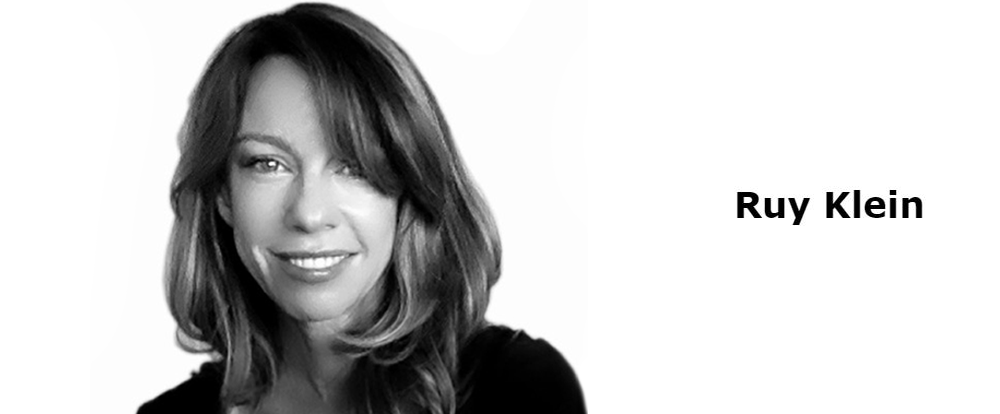
Karel Klein is the co-director of Ruy Klein and an architect licensed in New York state. She earned her BA in Architecture and her BS in Civil Engineering from the University of Illinois, Urbana-Champaign. Since graduating, and in addition to practicing, Karel has taught architecture studio courses at institutions including Columbia University, GSAPP, Washington University, Sam Fox School, the Pratt Institute, UCLA AUD, and she currently teaches at the Southern California Institute of Architecture (SCI-Arc) and University of Pennsylvania, Weitzman School of Design. In these more recent studios, Karel has been working with her students on projects which collaborate with artificial intelligence neural networks as a provocation to conventional aesthetic practices in architectural design. In her practice, Karel also works with various artificial intelligence technologies. Her ongoing project is an investigation into crossbred image-objects produced using atypically trained GANs and their capacity for contemporary myth-making in architecture. In the same way that “imaginative vocabulary” and “metaphoric style” were primary, if literary instruments for the invention of new mythologies for Surrealists, the strange and idiosyncratic qualities of images produced using artificial intelligence are similarly a kind of matter metaphor and made visible by the cyborg imagination. She is interested in a kind of re-enchantment of the architectural body—one that both foments and succumbs to sensual perceptions, and one that discovers new and unexpected relations to the world beyond the realm of the rational.
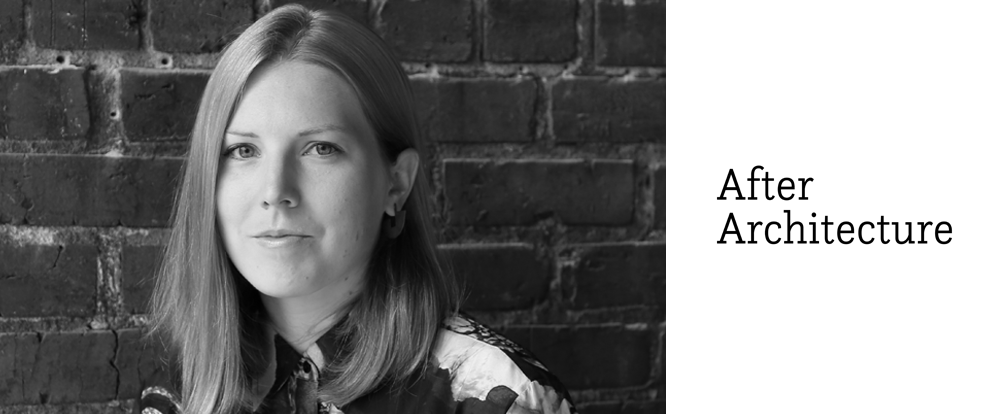
Katie MacDonald is Cofounder of After Architecture and Assistant Professor at the University of Virginia. Her work explores how technology can reconcile design intention with natural materials and processes. MacDonald has been recognized as Next Progressive by Architect Magazine and Curbed Young Gun. Recent projects include installations at the Oslo Architecture Triennale and the Knoxville Museum of Art.
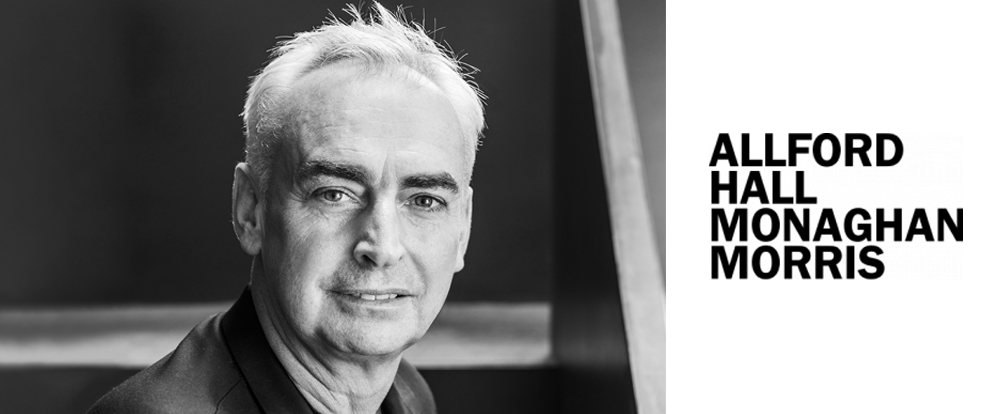
Paul Monaghan is Director at AHMM in London. His projects at all scales have been recognised as exemplars of outstanding design, collaborative creativity, applied technology, research and sustainability, such as North London Hospice and Kentish Town Health Centre. His current and recent key projects include the redevelopment of Television Centre in west London; New Scotland Yard for the Metropolitan Police; and Liverpool’s Royal Court Theatre. Paul led AHMM’s work on the RIBA Stirling Prize-winning Burntwood School in south London, as well as two other Stirling-shortlisted buildings. In addition to his project work, Paul is an active speaker, teacher and juror. He is a visiting professor at the Bartlett and Sheffield schools of architecture; he has also been Vice Chair of the CABE Schools Design Review Panel and is on the CABE National Design Review Panel. He has been chair of the Young Architect of the Year awards, chaired the RIBA awards panel until 2010, and was a judge for the RIBA Stirling Prize in 2016. Paul recently received an honorary doctorate of letters from the University of Sheffield, and has been appointed the Liverpool City Region Design Champion.
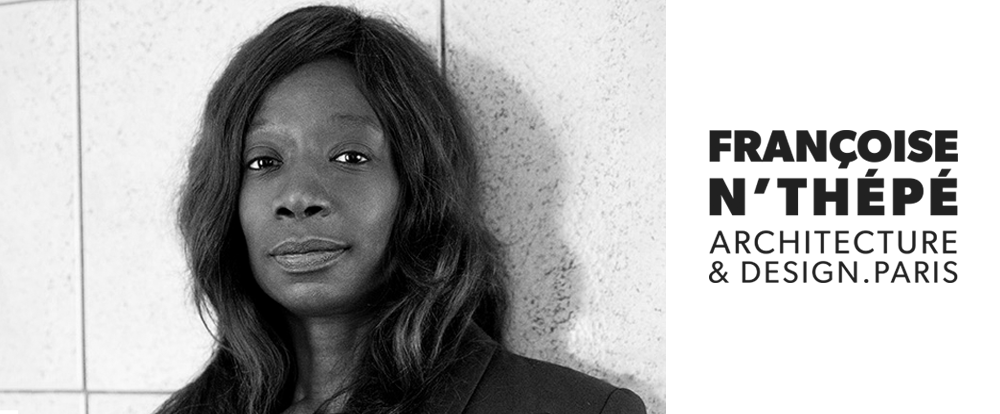
Françoise N’Thépé runs Paris-based practice FRANÇOISE N’THÉPÉ ARCHITECTURE & DESIGN. Born in Douala, Cameroon, she obtained her Master of Architecture in Paris in 1999 and has been working as an architect for the last twenty years. With her well-established professional expertise and many years of experience, her work has been awarded with several prestigious prizes and distinctions.
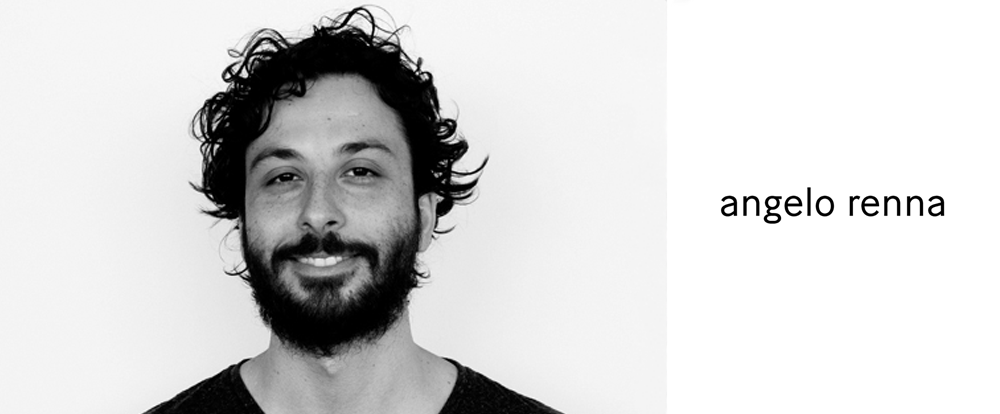
Angelo Renna is an architect with a keen interest in multi-species narratives, one he developed during his studies in Florence and Porto, and was further honed through collaborations with different offices, such as Stefano Boeri in Milan and Topotek in Berlin. He recently published the book Monkey Factor – Small stories for a reconciliation with nature.

David Telerman is founder of studio Atelier David Telerman. He was born in 1990 in Belgium and studied History of Art at the Paris-Sorbonne University (B.A. 2011) and Architecture at the Ecole Speciale d’Architecture in Paris (M.S. 2017). His studio is working on various scales with a constant set of preoccupations with geometry, volume, light and the strong belief that each project should express and reveal the inherent truth of the place it occupies. This approach materialized with the McNeal 020 project completed in 2020 in Southern Arizona, near the border of Mexico. The architecture refers to the vastness of the American desert, its position and geometry revealing specific characteristics of the surrounding landscape. He founded in 2021 with Shaoshu Zhang a new Paris-based practice Objects of Intention.
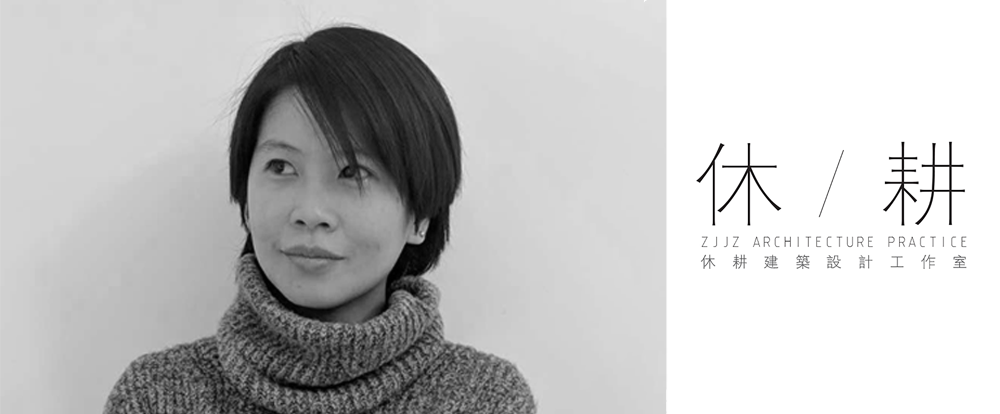
Yu-Ying Tsai is a lead architect at Shanghai-based ZJJZ Atelier. ZJJZ’s projects have garnered numerous recognition, such as its Woodhouse Hotel being listed as one of the top 10 Chinese architecture projects by Dezeen in 2019.

Joseph Weishaar, AIA is a project architect at Smith Dalia Architects. In 2016 Joe was selected through an international competition submission as the official Designer of Record for the National World War I Memorial in Washington, DC. From 2016 until early 2021, Joe owned and operated his own rendering and residential design firm in Washington, DC while design and construction of the memorial was underway. After the Memorial opened in April of 2021, Joe and his family moved to Atlanta, where he now enjoys a position at Smith Dalia Architects. In addition to the National WWI Memorial, Joe has been recognized in several other design venues. In 2011 he placed second individually in the Lyceum Fellowship Competition sponsored by the Lyceum Fellowship of Boston. In 2010 he was a part of the team that completed the HABS/HABER documentation of the Fay and Gus Jones Residence, which garnered the Peterson Prize for historic documentation from the Library of Congress. In 2016, Joe was named as one of Crain’s Chicago Business’ Emerging Voices as part of their “20 in Their 20s” series and has since been profiled in an array of media venues for his work on the National WWI Memorial. Joe has experience designing memorials, mixed-use developments, commercial build-outs, and single-family residences.
Buildner supports the call for a ban on nuclear weapons and is asking the international architecture community to create designs for The Last Nuclear Bomb Memorial. For this competition, participants are tasked with creating a memorial on a decommissioned nuclear weapon testing site.
Top 3 Reasons Why You Should Enter Architecture Competitions
Curious about the value of architecture competitions? Discover the transformative power they can have on your career - from igniting creativity and turning designs into reality, to gaining international recognition.
Learn more

